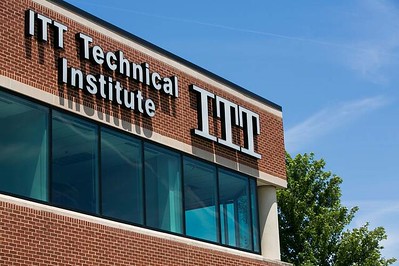A recent report from the National Student Clearinghouse Research Center shows the impact of COVID-19 on higher education enrollment. According to the data, while four-year universities are only nominally impacted, community colleges have borne the brunt of enrollment declines nationwide. There is one higher ed sector that is showing enrollment growth: private for-profit education. Fall enrollments among those schools increased by 3%.
I wrote about this last month. In a discussion regarding tuition increases to pay for new construction on campus, one WCC Trustee asked, ‘Where are we going to lose them to?” He listed several colleges and universities in this area – referring to them as “comparables.”
I’m not going to get into how well or poorly WCC compares to other nearby higher education institutions. But clearly this Trustee seems to have overlooked the private for-profit schools that a growing number of students are considering.
These students could just as easily enroll in their local community college, but do not. It is not because these students do not know about their local community colleges. It is also not because private for-profit programs are higher in quality, cost less or transfer more easily.
Learn to compete against private, for-profit schools
On paper, private for-profit schools do not compare favorably to a community college. And yet, a growing number of students choose them over lower-cost, higher quality educational programs. Many students report that their average cost of attendance is between $10K-$50K. Often, they earn a credential for an entry-level job that pays little more than minimum wage.
When you ask these students how they pay for these extraordinarily expensive programs, they’ll tell you – almost invariably – that they received “grants and scholarships.” The “scholarships” are actually student loans. Statistically, one-third of these students will default on their student loans within three to five years of completing a program.
As for the transferability of credits, the students rarely care. Many private for profit programs are “terminal.” They aim to prepare a student for a career – not additional education.
Only after a student finishes a program will they discover whether they’re employable. Many graduates say that with more research, they would have chosen a different educational option. Their two biggest complaints focus on their cost and their employability following completion. Prior to 2018, the employability of graduates was a yardstick by which the Department of Education validated programs. With that measure in place, some of the largest, for-profit colleges permanently closed their doors. Without that qualification, these schools are once again flourishing.
WCC (like many other community colleges) needs to do a better job of identifying and communicating a prospective student’s occupational and vocational education options. Further, limiting program costs to students and allowing them to begin working on a certificate or degree program immediately (even if it is only completing remedial coursework) will also make it easier to get students into WCC’s classrooms.
This isn’t about marketing. It’s about educating prospective students about their options.
Photo Credit: VCU Capital News Service, via Flickr
























